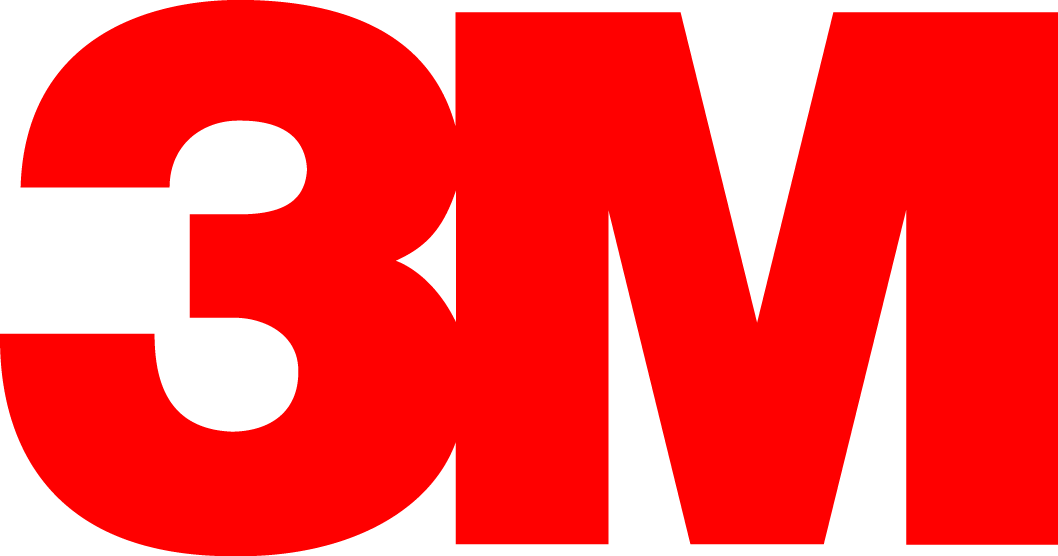3M Springfield Addressed Supply Chain Challenges by Developing a Process To Qualify Alternate Raw Materials Sources

Originally published on 3M News Center
Supply chain issues have affected nearly every sector of business and industry. In 2021, when 3M’s Springfield, Missouri plant began seeing back orders from its suppliers for raw materials, the leadership team assembled a multidisciplinary team of production planners, sourcing and process engineers to begin exploring alternatives.
The Springfield plant produces many types of adhesives, coatings, and adhesive films that 3M uses in some of its own products and also sells to external customers. Like many 3M plants, it used single-source materials, meaning they come from a single supplier. When those designated suppliers couldn’t deliver raw materials the plant needed, the team looked to qualify other suppliers with second sources -- raw materials that are similar enough to the primary material to replace it -- and sometimes even third or fourth sources, when needed.
To qualify alternate materials and suppliers, 3M Springfield works with the company’s sourcing and supply chain teams and the divisional product laboratory to vet suppliers to ensure they meet 3M standards, and to identify and test materials that can be substituted without compromising product integrity. Then, the divisional and local quality team, laboratory, specification custodians, regulatory, and operations teams review samples to ensure they meet all requirements. This complex process can take months for each raw material.
The result? More than 1,500 3M products were updated with new, qualified raw materials, which reduced 3M Springfield’s backorders by more than $5 million in just four months. With so many different groups involved in a single qualification of a second source, the level of coordination and communication required to do all of this in a short period of time was an impressive feat, said Christopher Bryan, 3M Springfield plant director.
“This coordinated process has allowed us to provide business continuity for our customers,” Christopher said. “In many cases, without one or more back-up options for sources of supply we would have been down for months, waiting for our first supply source to provide the raw materials we needed.”
In addition to helping cover supply chain issues in the short term, qualifying this volume of second sources will strengthen 3M’s supply chain, provide supplier flexibility, and enable 3M to better serve its customers, he added. 3M plants worldwide are following similar processes to qualify alternate sources.
To learn more about 3M, click here.

